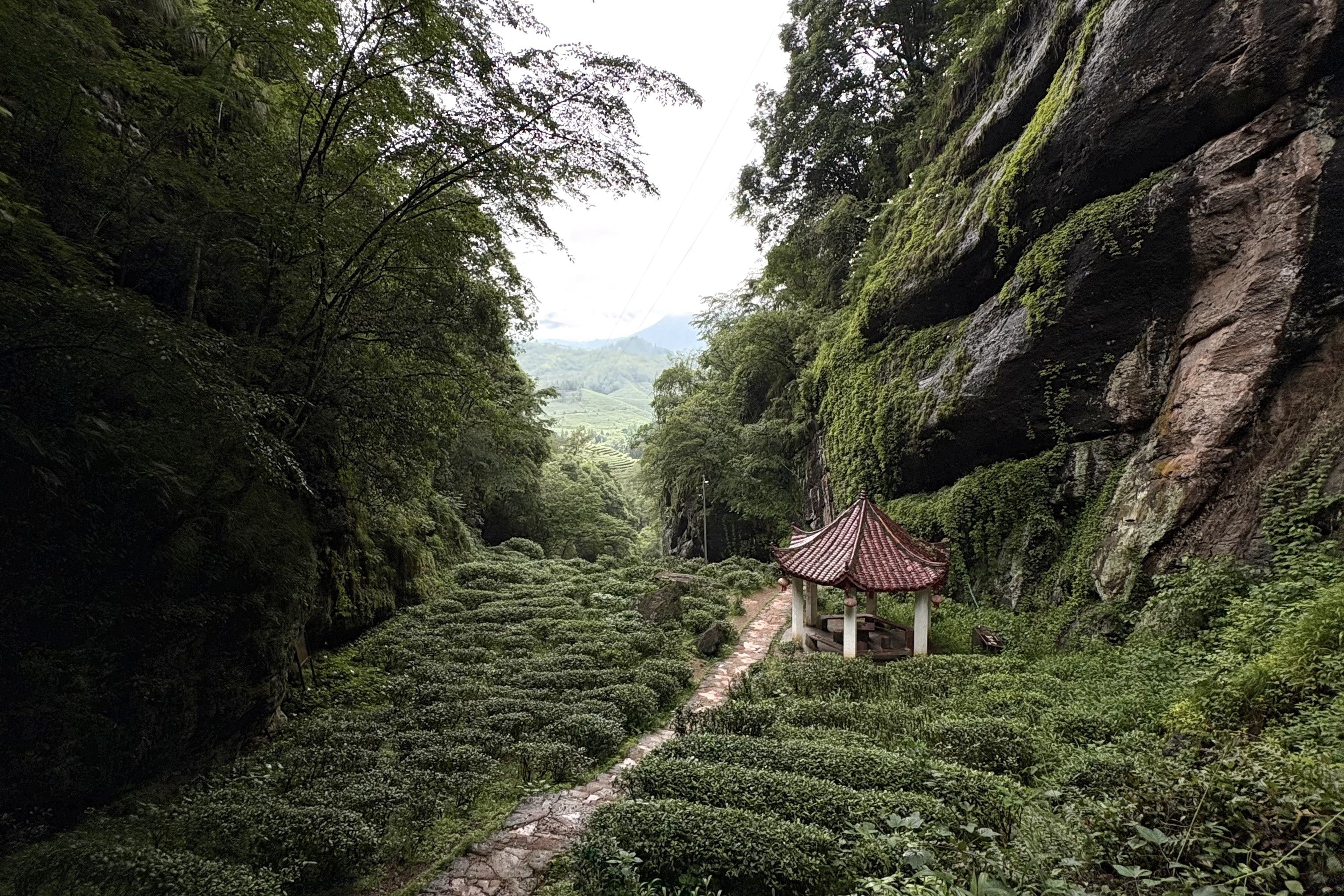Perhaps, altitude gives tea its attitude.
If you’ve browsed premium teas before, you’ve probably come across claims like “high mountain,” “grown at 1,200m,” or “cloud and mist tea.” But what do these terms actually mean? And more importantly — does altitude really make a difference?
The short answer is: yes — but not in isolation.
Here’s what elevation actually does, and why some of the most revered teas in China come from the hills.
What “High Mountain Tea” Means
In Chinese tea regions, high mountain (高山) typically refers to elevations above 800m, though definitions vary by province. For example:
-
In Fujian, high-mountain oolongs like Wuyishan yancha grow on rocky cliffs between 600–1,200m.
-
In Taiwan, “high mountain oolong” usually means 1,000m and above.
-
In Yunnan, Pu’er trees thrive up to 2,000m in remote forested areas.
These altitudes come with thinner air, stronger UV exposure, wider day-night temperature swings, and frequent cloud cover — all of which stress the plant in just the right ways.
Why Altitude Affects Tea Quality
Here’s how elevation quietly shapes the flavour, texture, and fragrance of your tea:
1. Slower Growth → More Concentrated Flavour
In cooler, higher-elevation climates, tea grows more slowly. This gives the leaves time to develop more complex polyphenols, aromatic compounds, and natural sweetness.
2. Temperature Swings Enhance Aroma
The difference between day and night temperatures helps intensify the tea’s fragrance, especially in oolongs and green teas.
3. Natural Shade from Clouds = Less Bitterness
Frequent mists and clouds act like a natural sunshade, slowing photosynthesis and reducing harsh catechins. This leads to a smoother, more balanced cup.
4. Pest-Resistant Environment
Cooler highlands typically host fewer pests, meaning less need for chemical intervention — a bonus for quality and sustainability.
Does Higher Always Mean Better?
Not necessarily.
Altitude is just one part of the story. Great tea also depends on:
- Cultivar
- Harvest timing
- Craftsmanship in processing
A poorly handled high-elevation tea can still taste dull. Conversely, some low- to mid-elevation teas — like certain rock oolongs — shine because of mineral-rich soil or centuries-old processing traditions.
In short: altitude enhances potential, but doesn’t guarantee excellence.
At Teahills
We work with farms in mountainous regions across Fujian, Yunnan, and Guangxi, many located 800–1,500m above sea level. But we don’t chase elevation for its own sake. Instead, we look for teas that embody the best of their terroir — where altitude, soil, and craft come together to create something quietly remarkable.
Conclusion
Altitude matters — but only as part of a much larger equation.
If you notice a tea tastes unusually floral, smooth, or fragrant, there’s a good chance it was grown at elevation. But it’s the human hands behind the leaves that unlock that potential.
So next time you hear “high mountain tea,” don’t just picture the height — picture the patience it took to grow something slowly, up where the air is thinner, and the flavours deeper.

Explore high mountain teas from Teahills:
[Shop CUIFENG High Mountain Green Tea →]


0 comments